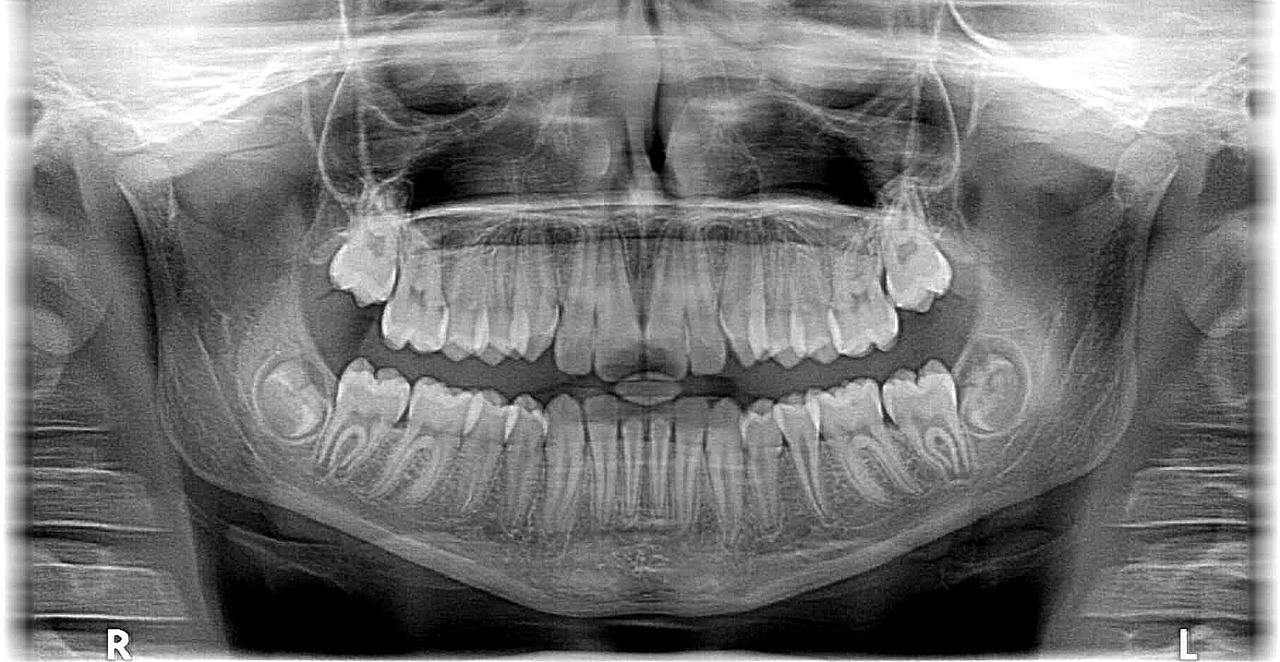Dentist In Rancho Cucamonga say X-rays are valuable diagnostic tools, and your child’s dentist may want to take X-rays to diagnose damage or disease to your child’s teeth. Since X-rays expose your child to radiation, you may be reluctant to consent to X-ray imaging until you know more about the procedure and why it’s being performed. Here’s some information parents need to know about X-rays for their kids.
Knowing Reasons for X-Rays For Children
In 2012, the American Dental Association (ADA) addressed new guidelines regarding X-rays. Dentists In Rancho Cucamonga, CA use these guidelines and their professional judgment to determined when children need X-rays.
Before Dentists In Rancho Cucamonga suggest X-rays, they generally review your child’s health history and complete a thorough clinical examination. There are a handful of areas of your child’s mouth that they can’t see during an examination, such as under the gums or inside the teeth.
You may be asking, why would Rancho Cucamonga Dentists need to see those hard-to-see areas? The ADA guidelines outline many possible clinical scenarios where dental X-rays may be necessary. X-rays help Dentists In Rancho Cucamonga, CA:
- Figure our if familial dental anomalies are present
- Discover cavities between and on the teeth
- Check on previous endodontic treatments
- Figure out the cause of oral swelling
- Evaluate injuries to the teeth after trauma
- Evaluate the health of the alveolar bone
- Determine how many teeth are present in the mouth
- Figure out the impact of teeth that may be un-erupted
- Determine if un-erupted teeth are missing
- Find if teeth have bone loss or periodontal disease
- Visualize teeth that are malposed or impacted
Understanding The Types of X-Rays For Children

Now depending on the image the Dentist In Rancho Cucamonga is searching for, he or she may order different types of X-rays. Here are different types:
- Bitewing. Bitewing X-rays are used to look at the crowns of the upper and lower teeth in one area of the mouth, such as the molars and premolars. Bitewing X-rays are used to seek out cavities between the teeth that are quite difficult to see otherwise. They can also be used to monitor previous fillings for wear.
- Periapical. Periapical X-rays are zoomed in on one or two teeth, and they display the whole tooth from the crown to the root. These X-rays can be used to look for problems with the tooth’s root or the surrounding jaw bone as well as cavities.
- Panoramic. Panoramic X-rays help display your child’s whole mouth in one X-ray, so all the teeth on the upper and lower jaws will be visible. Panoramic X-rays can be used to monitor your child’s tooth development or to see if he or she needs orthodontics. These X-rays can also be used to see emerging teeth, impacted teeth, or tumors.
- Occlusal. Occlusal X-rays show the entire arch of teeth in either the top or bottom jaw. These X-rays can be used to see the placement of all your child’s teeth and to see how the teeth fit together when your child bites down.
- Orthodontic. Also known as cephalometric projections, these X-rays show the entire side of your child’s head. Since the teeth are visible in the same image as the jaw and head, these images are useful for planning orthodontic treatments.
- Cone Beam Computerized Tomography. Rancho Cucamonga Dentist say these X-rays typically vary from the previously mentioned types in that they provide a 3-D view of your child’s mouth. A 3-D view is useful when the dentist needs to gauge the space and development of your child’s teeth.
Understanding X-Ray Safety For Children
Since X-rays expose children to radiation, a handful of parents are worried about the risk of conditions such as cancer. In addition, the American Academy of Pediatric Dentistry tells parents that the amount of radiation that’s received during a dental X-ray is very tiny. Today’s X-ray equipment lets Dentists In Rancho Cucamonga mainly focus the X-ray beam on the area of interest to lower radiation exposure. Protective equipment such as lead body aprons and shields also keep your child safe during their x-ray procedure.
Since children with a low risk of tooth decay don’t need X-rays as often, practicing good oral hygiene at home can help minimize the need for X-rays. Twice a day, brush your child’s teeth, which fights cavities with clinically proven fluoride formula for kids.
Rancho Cucamonga Dentist say that X-rays for children have many important uses. If you’re concerned about X-rays, consider your Children’s Rancho Cucamonga Dentist’s suggestions.

